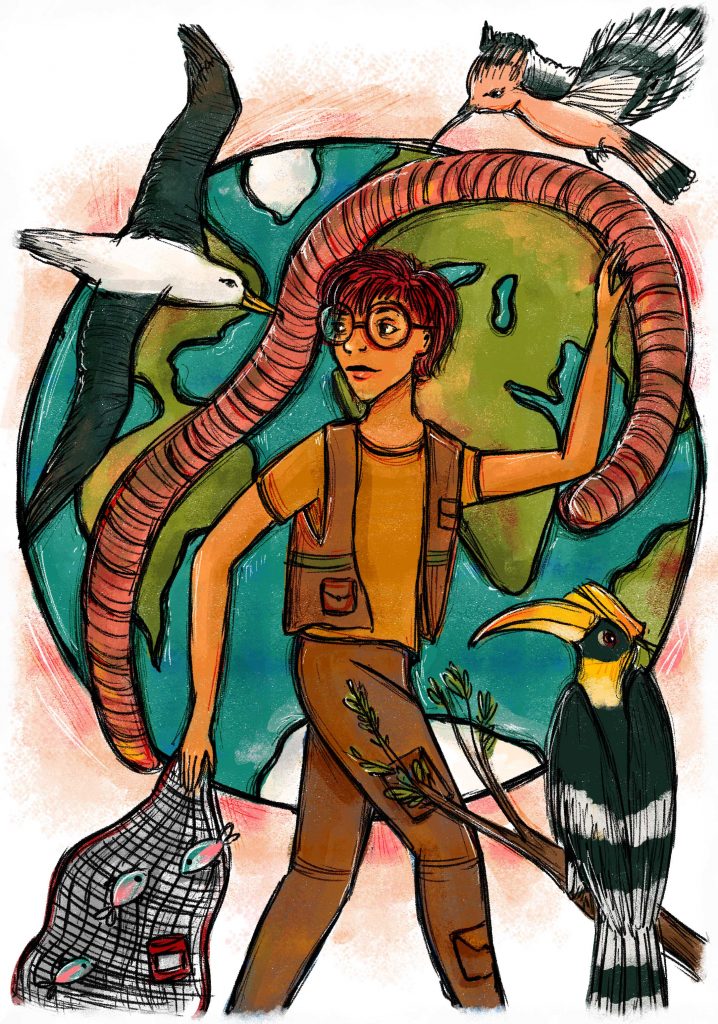
Research in Translation


Where have the birds gone? On declining urban bird diversity

Where big mammals belong—the unfair burden to restore

Shared earth, shared ocean: An African vision for the post-2020 Global Biodiversity Framework

Adapting the What, Where, When, Why and Who of nature conservation to be more effective in a changing climate

How do we conserve the most trafficked mammals in the world—pangolins?

Not a cookie-cutter approach: how the uses and trade of giraffe parts vary across Africa

Protecting wildlife populations by looking at individual health

Shapes of reef recovery

Protecting the living jewels hidden underground: conservation needs of groundwater-restricted snails

How the diversity of human concepts of nature affects conservation
42 bastions to provide solution to tiger crisis

Guardians of the grove

Habitats with plant groups from ancient geological epochs may cease to exist due to human pressure

Why we need more scientific evidence on works in conservation

How to prioritize road sections for fencing to reduce animal mortality

How well does global marine protection cover drivers of biodiversity loss?

Bird’s eye view: A case for mammal control in New Zealand

Mapping legal authority to build wildlife corridors along streams

Changing minds and changing tides: supporting fisheries management with social marketing

Why we can’t save the bees without changing our behaviour

Why male elephants stick together in human-occupied areas
bushmeat biometrics: biologists take a critical look at how bushmeat hunting should be assessed

The ways we use and protect land around streams matter

Using underwater drone photography for marine conservation

Climate change drivers affect nectar preference and longevity of bumblebees

Green Wars on the rise
Invasive species and postglacial colonization: Their effects on the genetic diversity of a Patagonian fish
Reels and Rifles

Hunger Games in Antarctica
donate
Conservation is for everyone, and we help you understand it.
Donate